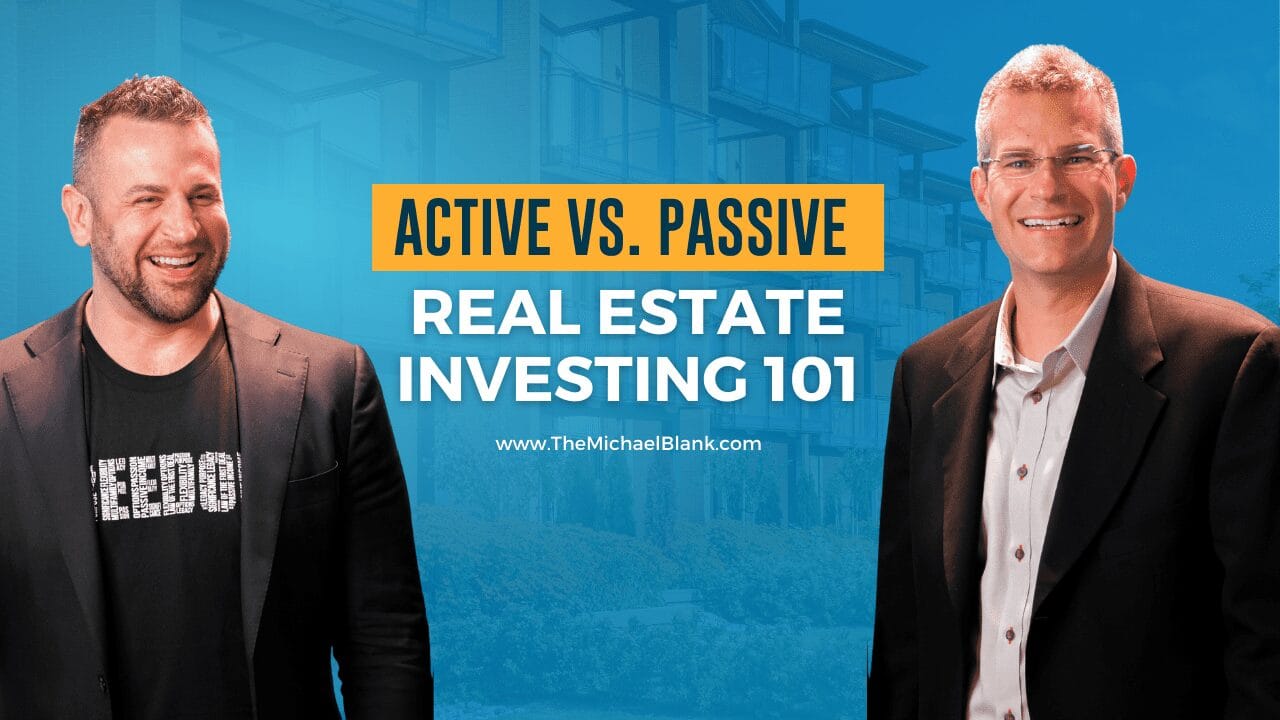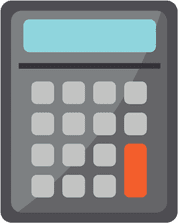If you want to invest in real estate, you have options. You can start out as a passive investor or an active investor. Which one is best?
The answer is, there’s no right answer.
Both active and passive investing have their benefits, it all comes down to which one is right for you and how you want to spend your time.
So, let’s break it down.
Active vs. Passive Investing 101
To learn more about passive and active real estate investing, make sure you download ALL my resources for FREE at this link: https://themichaelblank.com/vault
Active Investing
Active Investing means purchasing a property for profit or income. As an active investor, you earn profit without putting your own money in the deal.
In traditional real estate syndications, General Partners (or GPs) play a variety of roles to manage the deal from start to finish. They find the deals, perform due diligence, assemble a team, raise capital, negotiate the contract, and close the deal.
So, active investing means taking on responsibility and putting in your time and energy. It also means taking on legal liability.
A syndication requires GPs who analyze deals, locate potential properties, and use their people skills to raise the money for the deal, as well as asset managers, who run the day-to-day operations of apartment buildings.
Passive Investing
Passive investing means putting your capital into a multifamily syndication and trusting the general partner and their team to manage the investment.
As a passive investor, you have less control, but also less liability.
While active investing requires time and energy, passive investing might be better for someone who already has a demanding full-time job, or simply doesn’t have the energy to take on the education required to make decisions in multifamily or manage a commercial property.
As an LP you make money on the deal, but you don’t have to worry about the day-to-day.
There are times when an active investor doesn’t have the net worth to qualify for financing. That’s where a passive investor can come in as a Key Principal or Co-Sponsor, and earn a stake in the general partnership while maintaining limited ongoing involvement in the deal.
Active vs. Passive
So, with active investing, you earn a profit without spending your own money, and you have control over the decision making and operations.
But you put in sweat equity and assume more of the responsibility.
If you have money to invest and you’re comfortable letting the syndicator make decisions on your behalf, then you might prefer passive investing. If something should go wrong with the property, as a passive investor, you are not legally responsible.
If you don’t have money to invest, then active investing is for you. You might also consider active investing if you do have money to invest, and you’re ready to put in the time and effort.
If you’re not interested in being a full-time entrepreneur, then passive investing is your best choice. It can also be a great way to get started and educate yourself before becoming an active investor. With passive investing under your belt, the transition to active investing can be an easy one.
When choosing between the two, it really is all about you.
It depends on your circumstances and your personality. Both active and passive investing can lead you down the road to financial freedom, which is ultimately where you want to be!

